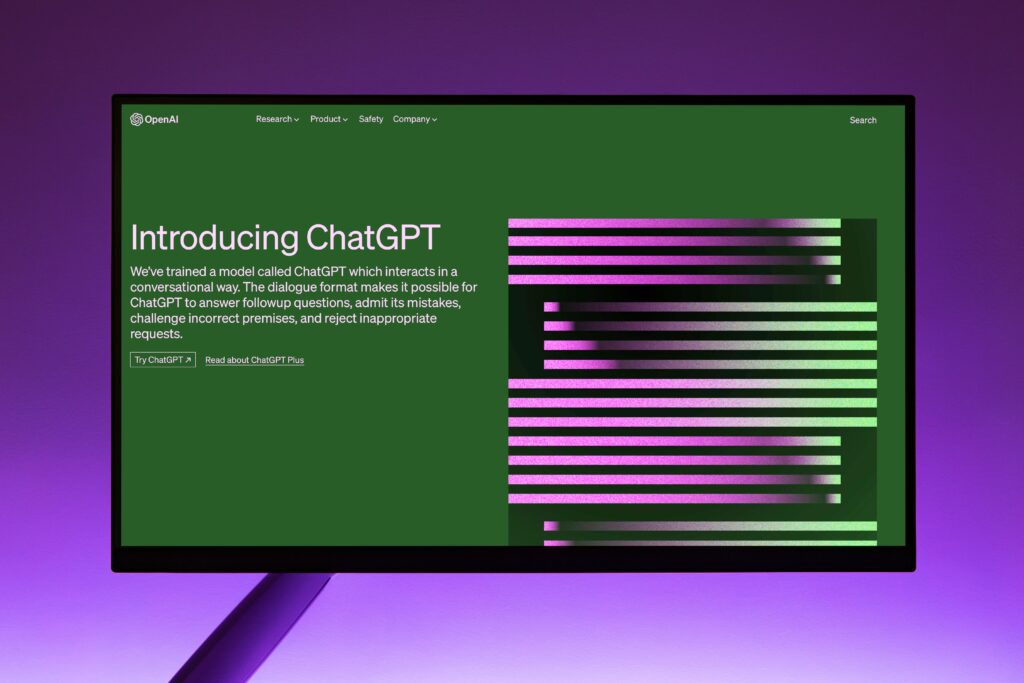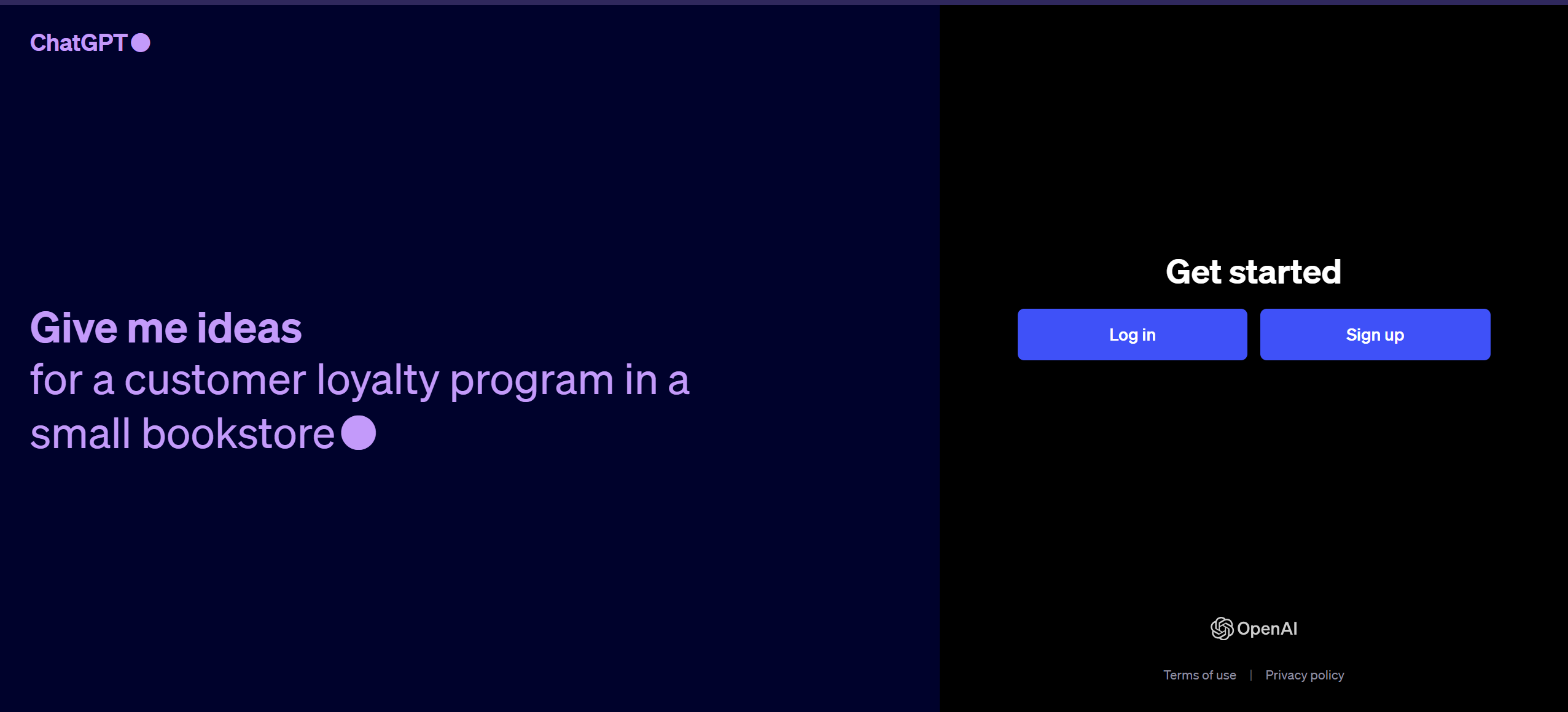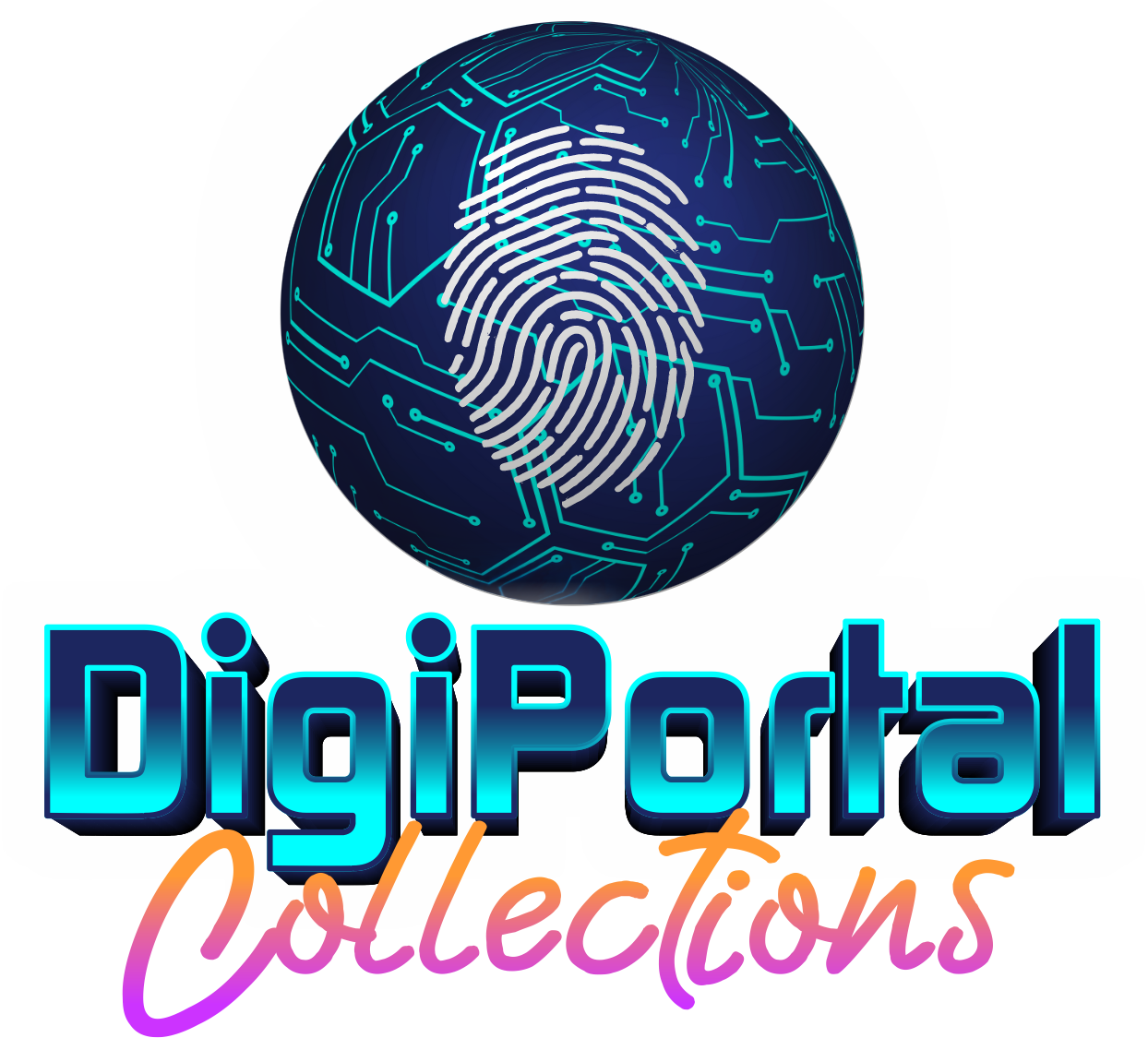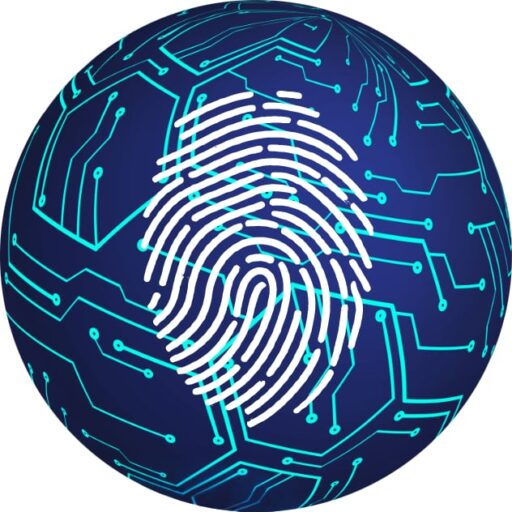Table of Contents
Intro
Have you ever wanted to have a conversation with an AI? Thanks to advancements in technology, that is now possible with the help of ChatGPT. This powerful AI chatbot uses natural language processing to generate responses and engage in meaningful conversations with users. But how to use ChatGPT effectively?
In this guide, we will delve into the world of AI conversations and provide tips and tricks for mastering ChatGPT. Get ready to unlock the full potential of this cutting-edge technology!
Understanding ChatGPT: The Future of Conversations

In today’s fast-paced digital age, advancements in technology have opened up a whole new realm of possibilities when it comes to conversations. One such groundbreaking innovation is ChatGPT, the AI chatbot developed by OpenAI. ChatGPT utilizes cutting-edge natural language processing algorithms to generate responses and engage in meaningful conversations with users. But what does the future hold for this remarkable technology?
ChatGPT represents the forefront of AI-driven conversations, and its potential is truly awe-inspiring. As the underlying technology continues to evolve, we can expect even more remarkable developments in the field of AI chatbots. The future of conversations is not just about interacting with a machine; it’s about having an intelligent and intuitive conversation partner that understands and responds to human emotions, context, and nuances.
With ongoing research and development, we can anticipate enhancements in ChatGPT’s conversational abilities. This includes improved contextual understanding, enhanced ability to engage in multi-turn conversations, and the capability to generate more coherent and contextually relevant responses. The goal is to create a seamless and immersive conversational experience that blurs the line between human and AI interaction.
Moreover, ChatGPT is also expected to expand its language capabilities. As of now, it primarily supports English, but efforts are underway to enable ChatGPT to converse fluently in multiple languages. This will open up new opportunities for global collaboration, cross-cultural communication, and the exchange of ideas on a scale previously unimaginable.
As AI chatbots like ChatGPT become more prevalent, they will likely become an integral part of our daily lives. From customer support to personal assistants, ChatGPT can assist in a wide range of tasks, saving time and streamlining interactions. The future holds immense potential for utilizing ChatGPT across various industries, such as healthcare, education, and entertainment, to enhance productivity and improve user experiences.
Getting Started with ChatGPT: A Comprehensive Setup Guide

To get started with ChatGPT, follow this comprehensive setup guide that will walk you through the process step by step. With a few simple steps, you’ll be ready to dive into the world of AI conversations.
- Visit the ChatGPT website: To begin your journey with ChatGPT, go to the official website of OpenAI and navigate to the ChatGPT page. There, you’ll find all the necessary information and resources to get started.

- Create an account: To access the full features of ChatGPT, you’ll need to create an account. Simply click on the “Sign Up” or “Get Started” button and follow the instructions to create your account.

- Understand the limitations: It’s important to be aware of the limitations of ChatGPT. While it’s a powerful AI chatbot, it does have some boundaries. It may sometimes generate incorrect or nonsensical responses, and it can be sensitive to input phrasing. Familiarize yourself with the OpenAI usage guide to understand the do’s and don’ts when interacting with ChatGPT.
- Experiment with the chat interface: Once you’ve created your account, you’ll have access to the chat interface. This is where the magic happens! Type in your message or question, and ChatGPT will generate a response based on its training. Don’t be afraid to experiment and explore different topics or prompts.

- Provide feedback: As ChatGPT is still a work in progress, OpenAI encourages users to provide feedback on problematic model outputs and any potential biases or ethical concerns. Your feedback will help OpenAI improve the system and make it even better.
- Join the ChatGPT community: Connect with fellow ChatGPT enthusiasts in the vibrant online community. Share your experiences, ask questions, and learn from others who are also exploring the possibilities of AI chat.
- Stay up to date: AI technology is constantly evolving, and new updates and features are regularly introduced. Stay informed about the latest developments by following OpenAI’s official channels, including their blog and social media accounts.
By following this comprehensive setup guide, you’ll be well-equipped to embark on your journey with ChatGPT. Get ready to have engaging conversations and unlock the full potential of AI chat!
Exploring the Functionalities and Features of ChatGPT
ChatGPT offers a wide range of functionalities and features that make it an exciting and versatile tool for engaging in AI-powered conversations. Let’s explore some of its key functionalities and features:
- Natural Language Processing: ChatGPT utilizes advanced natural language processing algorithms to understand and generate human-like responses. It can comprehend a wide range of conversational inputs, making it capable of engaging in diverse and dynamic discussions.
- Contextual Understanding: One of ChatGPT’s standout features is its ability to understand context. It can remember previous messages in a conversation and use that information to provide more relevant and coherent responses. This contextual understanding enhances the flow and quality of conversations, creating a more immersive experience.
- OpenAI API Integration: OpenAI’s API integration allows developers to integrate ChatGPT into their applications, products, or services. This opens up possibilities for creating personalized conversational experiences tailored to specific use cases and industries.
- Prompt Engineering: The way you frame your prompts can greatly influence the quality and relevance of ChatGPT’s responses. Prompt engineering involves crafting clear and specific prompts to guide the AI’s understanding and generate more accurate and meaningful outputs. Experimenting with different prompt structures and phrasings can lead to improved results.
- Conversation History: ChatGPT retains the conversation history, allowing users to have multi-turn interactions. This means you can have a more dynamic conversation by referring back to previous messages and building on previous topics.
- Customization: OpenAI provides options to customize ChatGPT’s behavior by providing instructions in the conversation. For example, you can instruct ChatGPT to adopt a specific persona, imitate a famous personality, or adopt a particular writing style. This customization adds a creative element to your conversations and enhances the user experience.
- Expansion to Different Domains: While ChatGPT’s initial training is broad, OpenAI has plans to release versions of ChatGPT specialized in specific domains or industries. This will allow users to have more focused and domain-specific conversations, catering to their specific needs.
The functionalities and features of ChatGPT are constantly evolving as OpenAI continues to refine the model. These advancements will further enhance its conversational abilities, making it an indispensable tool for a wide range of applications. By exploring and utilizing the various functionalities and features, users can unlock the full potential of ChatGPT and have engaging and meaningful conversations with this remarkable AI chatbot.
Practical Applications of ChatGPT in Everyday Life

As the field of AI chatbots continues to advance, the practical applications of ChatGPT in everyday life are expanding rapidly. This powerful tool developed by OpenAI is not just limited to academic or research purposes. Its versatility and capabilities make it applicable to various industries and tasks, revolutionizing the way we interact with technology.
Customer Support

One of the most prominent applications of ChatGPT is in customer support. With its natural language processing capabilities, ChatGPT can effectively handle customer queries, provide assistance, and resolve issues. This saves time and resources for businesses while ensuring that customers receive prompt and helpful responses.
Education

In the education sector, ChatGPT can be a valuable tool for personalized learning experiences. Students can engage in interactive conversations with ChatGPT, receiving explanations, clarifications, and additional information. This can help reinforce concepts, promote independent learning, and provide personalized support to students with different learning styles and paces.
Healthcare

ChatGPT also has immense potential in the healthcare industry. It can assist medical professionals by providing accurate information, suggesting diagnoses, and offering recommendations based on patient symptoms. This can improve the efficiency and accuracy of medical consultations, especially in remote or underserved areas where access to healthcare professionals may be limited.
Content Generation

Another practical application of ChatGPT is in content generation. Writers, journalists, and content creators can use ChatGPT to generate ideas, outlines, or even complete drafts for articles, blog posts, or marketing materials. ChatGPT’s ability to understand context and generate coherent responses can be a valuable resource for brainstorming and inspiration.
Virtual Assistant

In personal productivity, ChatGPT can act as a virtual assistant, helping with tasks such as scheduling, reminders, and organizing information. With its conversational capabilities, it can offer suggestions, provide recommendations, and facilitate efficient decision-making.
These are just a few examples of the practical applications of ChatGPT in everyday life. As the technology continues to evolve and improve, we can expect to see even more innovative uses across a wide range of industries. From customer service to education, healthcare to content creation, the possibilities are vast, and ChatGPT is at the forefront of enabling these exciting advancements. So, why not embrace this transformative technology and explore how ChatGPT can enhance your everyday life?
Expert Tips for Maximizing Interaction with ChatGPT

Whether you’re a newcomer to AI chatbots or a seasoned user, it’s always helpful to have some expert tips for maximizing your interaction with ChatGPT. These tips will help you navigate the world of AI conversations and make the most out of your experience with this powerful tool developed by OpenAI.
- Be Clear and Specific: When interacting with ChatGPT, it’s essential to provide clear and specific prompts. This will help guide the AI’s understanding and generate more accurate and relevant responses. Avoid vague or ambiguous questions and instead provide specific context and details to get the best results.
- Experiment with Prompt Engineering: Prompt engineering involves experimenting with different prompt structures and phrasings to achieve desired outcomes. Play around with the wording of your prompts and see how it affects the generated responses. You might discover new ways to get the information or conversation flow you’re looking for.
- Utilize System Messages: ChatGPT supports system messages, which are special messages that you can use to guide the AI’s behavior. For example, you can instruct ChatGPT to adopt a particular role, like a poet or a character from a book. These system messages can add a creative and interactive element to your conversations.
- Leverage Conversation History: Take advantage of ChatGPT’s ability to retain conversation history. Refer back to previous messages and build on previous topics to create a more dynamic and coherent conversation. This feature allows for a more engaging and immersive experience.
- Provide Feedback: OpenAI encourages users to provide feedback on problematic model outputs and potential biases or ethical concerns. Your feedback can help improve the system and make it more accurate and reliable. By participating in the feedback process, you contribute to the ongoing development of ChatGPT and help shape its future.
- Learn from the Community: Engage with the vibrant ChatGPT community to learn from others and share your experiences. Online forums and social media groups dedicated to AI chatbots can be great places to connect with fellow users, exchange tips and tricks, and gain insights into maximizing your interaction with ChatGPT.
By following these expert tips, you can enhance your experience with ChatGPT and make the most out of your AI chatbot interactions. Remember, practice makes perfect, so don’t hesitate to experiment, explore, and discover new ways to unlock the full potential of ChatGPT.
Common Challenges and Troubleshooting in ChatGPT

Engaging in AI conversations with ChatGPT is an exciting experience, but it’s not without its challenges. In this section, we will discuss some common challenges that users may encounter while using ChatGPT and provide troubleshooting tips to overcome them.
- Lack of Contextual Understanding: While ChatGPT has impressive contextual understanding capabilities, there may be instances where it struggles to grasp the full context of a conversation. It may provide responses that are unrelated or seem out of place. In such cases, try providing more explicit context or rephrasing your prompts to help guide the AI’s understanding.
- Incorrect or Nonsensical Responses: ChatGPT may sometimes generate responses that are incorrect or nonsensical. This can be frustrating, but it’s important to remember that ChatGPT is still a work in progress. If you encounter such responses, try rephrasing your prompt or asking more specific questions to get more accurate and meaningful outputs.
- Sensitivity to Input Phrasing: ChatGPT can be sensitive to the way prompts are phrased, which means slight variations in wording can yield different results. If you’re not getting the desired response, try experimenting with different prompt structures and phrasings to achieve the desired outcome.
- Biases and Ethical Concerns: AI chatbots like ChatGPT can inadvertently reflect biases present in the data they are trained on. OpenAI is actively working to address these concerns, but it’s essential for users to be aware of potential biases and report any problematic outputs. Providing feedback and participating in OpenAI’s ongoing research efforts can help improve the system and reduce biases over time.
- Limited Knowledge and Understanding: ChatGPT’s knowledge is based on the data it has been trained on, which means it may not have information on all topics or may provide inaccurate information. If you encounter limitations in knowledge or understanding, consider providing more context or referring to reliable sources of information to supplement ChatGPT’s responses.
By being aware of these common challenges and utilizing troubleshooting tips, users can enhance their interactions with ChatGPT and overcome potential roadblocks. It’s important to remember that ChatGPT is continuously improving, and feedback from users is instrumental in refining its capabilities. So, don’t hesitate to report issues, provide feedback, and help shape the future of AI chatbots like ChatGPT.
The Future of ChatGPT: Trends and Developments to Look Out For
As the world of AI chatbots continues to evolve, ChatGPT is poised to lead the way in shaping the future of conversational AI. With ongoing advancements and research in the field, there are several trends and developments to look out for when it comes to ChatGPT.
Contextual Understanding
First and foremost, the capabilities of ChatGPT are expected to continue expanding. OpenAI is continuously working on enhancing the model’s contextual understanding, enabling it to generate even more coherent and contextually relevant responses. This means that ChatGPT will become even better at understanding the nuances of conversations and engaging in multi-turn interactions. The goal is to create a more seamless and natural conversation experience that mimics human interaction.
Language Capability Expansion
Another exciting development to watch out for is the expansion of ChatGPT’s language capabilities. While it primarily supports English at the moment, OpenAI has plans to enable ChatGPT to converse fluently in multiple languages. This opens up a world of opportunities for global collaboration, cross-cultural communication, and the exchange of ideas on an unprecedented scale.
Reduce Biases
In addition to these advancements, OpenAI is actively working on addressing biases and ethical concerns in AI models like ChatGPT. By incorporating diverse datasets and leveraging user feedback, they aim to reduce biases and improve the overall fairness and reliability of the system. This ensures that ChatGPT can be a trusted and inclusive conversational partner.
Customization
Furthermore, as the adoption of AI chatbots like ChatGPT increases across various industries, we can expect to see more specialized versions of the model tailored to specific domains or industries. These specialized versions will allow for more focused and tailored conversations, providing users with more accurate and relevant information.
Overall, the future of ChatGPT is incredibly promising. As OpenAI continues to innovate and refine the model, we can anticipate a more seamless, intelligent, and immersive conversational experience. With improvements in contextual understanding, expanded language capabilities, and increased customization options, ChatGPT is poised to revolutionize the way we interact with AI chatbots. So keep an eye out for these trends and developments as ChatGPT continues to shape the future of AI-driven conversations.
Check out more tech content here.




This really helped me understand how to use chatGPT. Greay blog! I’ll be waiting for your next blog.
Thanks for sharing. I read many of your blog posts, cool, your blog is very good.
Thank you 🙂
Thank you for your sharing. I am worried that I lack creative ideas. It is your article that makes me full of hope. Thank you. But, I have a question, can you help me?
Hi Binance,
Sure, how may I help you?
Thanks for sharing. I read many of your blog posts, cool, your blog is very good.
Thank you 🙂
virus4d
Quality posts is the important to invite the users to
pay a visit the website, that’s what this site is providing.
Thanks 🙂
slot demo nolimit city
Wow, this post is fastidious, my sister is analyzing such
things, so I am going to let know her.
Thanks for sharing. I read many of your blog posts, cool, your blog is very good. https://www.binance.com/join?ref=P9L9FQKY
Thank you!